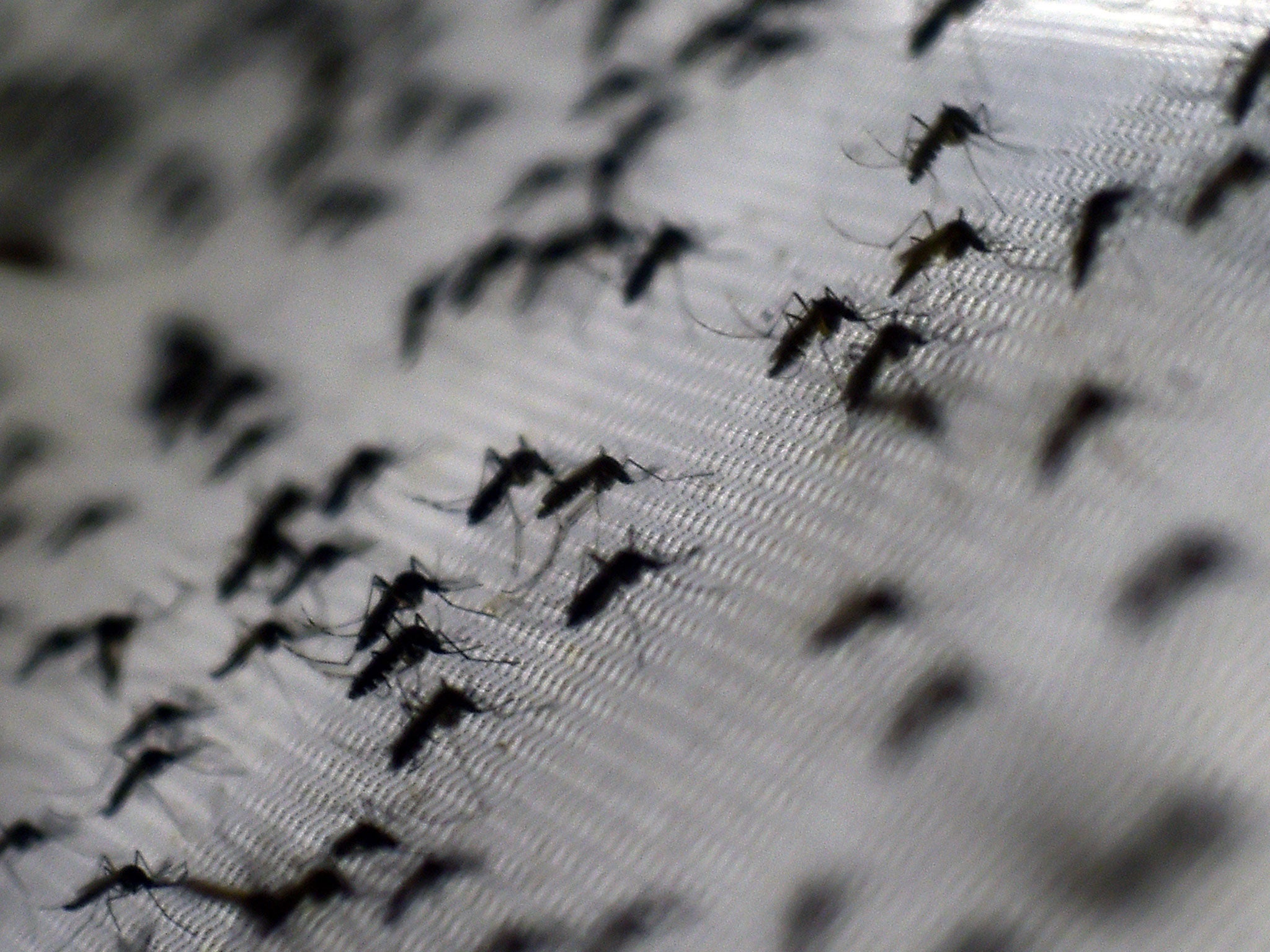What you need to know about mosquitoes, the tiny insects which put billions of lives at risk
The majority of malaria cases occur in Africa

Your support helps us to tell the story
From reproductive rights to climate change to Big Tech, The Independent is on the ground when the story is developing. Whether it's investigating the financials of Elon Musk's pro-Trump PAC or producing our latest documentary, 'The A Word', which shines a light on the American women fighting for reproductive rights, we know how important it is to parse out the facts from the messaging.
At such a critical moment in US history, we need reporters on the ground. Your donation allows us to keep sending journalists to speak to both sides of the story.
The Independent is trusted by Americans across the entire political spectrum. And unlike many other quality news outlets, we choose not to lock Americans out of our reporting and analysis with paywalls. We believe quality journalism should be available to everyone, paid for by those who can afford it.
Your support makes all the difference.1. Not all mosquitoes bite
The female mosquitoes are the dangerous ones. They bite and draw blood. Male mosquitoes feed on flower nectar. Males have very hairy and fuzzy antennae (like a powder puff) whereas females have less hairy antennae.
2. There are three types of malaria carrying mosquitoes
The top three malaria transmitters in Africa are Anopheles gambiae, Anopheles funestus and Anopheles arabiensis. The first two live in areas of Africa where there is higher rainfall while the third, Anopheles arabiensis, is a more savanna-based, arid zone species.
Gambiae and funestus prefer to feed indoors and are strongly attracted to humans, but arabiensis feeds as easily outdoors as indoors and also as easily on cattle and other animals as humans. This means it is easier to target gambiae and funestus using indoor methods such as spraying walls with insecticides and using insecticide-impregnated bed nets. The outdoor-feeding arabiensis is far more difficult to control.
In most areas all three species have a peak of biting in the early hours of the morning when people are in their deepest sleep and less likely to disturb mosquitoes during the feeding process. There are also other important species of malaria-transmitting mosquitoes but they are more localised in distribution.
3. Mosquitoes have started to change their feeding patterns
Because of the strong focus on indoor strategies to fight malaria transmitting mosquitoes using bed nets and indoor spraying, genetic selection is resulting in some populations of these mosquitoes biting outdoors and earlier at night when people are not protected by bed nets. It means these mosquitoes are more difficult to reach with insecticides, just as is the case with Anopheles arabiensis.
4. Most mosquito bites are harmless. It’s only the ones that carry certain types of parasites that lead to malaria, and potentially death
In Africa, there are four known species of microscopically small parasites that can cause the disease we call malaria. All four belong to the group Plasmodium. The most common of these parasites in Africa is Plasmodium falciparum, which is the most deadly of the four species.
Birds and some other groups of animals carry their own species of Plasmodium, which is also transmitted by mosquitoes, but they do not cause malaria in humans. Mosquitoes also carry many other disease-causing organisms such as yellow fever virus, West Nile virus, Rift Valley fever, and the worms that cause the dreaded disfiguring elephantiasis (filariasis).
5. Mosquitoes select where they feed on the body. They have very acute sensory mechanisms (like heat-seeking missiles) that lead them to select particular parts of the body (such as ankles) to feed from
All three of the main malaria carrying mosquitoes have similar biting preferences. If you are sitting or standing outside in the evening the overwhelming majority will try to feed on your ankles and feet - so make sure you cover these areas with repellent or wear socks and shoes.
The antennae of mosquitoes are highly specialised sensory organs that can detect very small amounts of chemical cues that lead them to food and mates. Various chemicals, of which carbon dioxide is one, help female mosquitoes track down their hosts. Pheromones, which are hormones secreted as odours into the environment, enable males and females to meet and mate. They are also detected by the antennae.
6. Malaria mosquitoes do not like wind
Using a fan over you when going to bed will lessen your chances of being bitten. These mosquitoes don’t like flying when there is even a slight breeze.
7. 97 countries and territories still face ongoing malaria transmission
According to the World Health Organisation, an estimated 3.2 billion people, or just under half the world’s population, are at risk of getting malaria. The bulk of the malaria burden is shouldered by Africa where 89% of cases and 91% of deaths occur.
Leo Braack, Research Chair, Integrated Vector Management in the Vector Control Cluster, Centre for Sustainable Malaria Control , University of Pretoria
This article was originally published on The Conversation. Read the original article.
This article is part of a series The Conversation Africa is running as part of the South African Development Community malaria week. You can read the rest of the series here.
Join our commenting forum
Join thought-provoking conversations, follow other Independent readers and see their replies
Comments